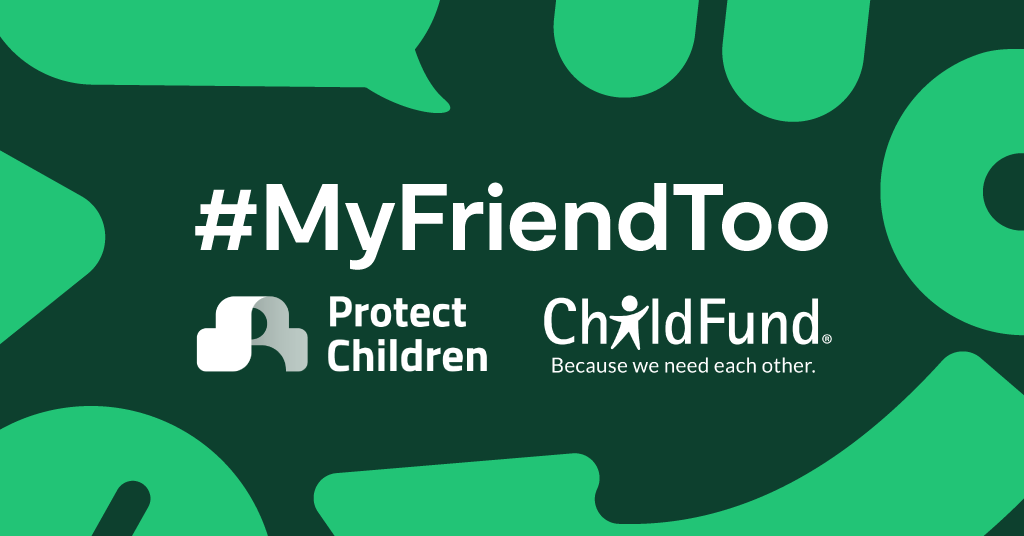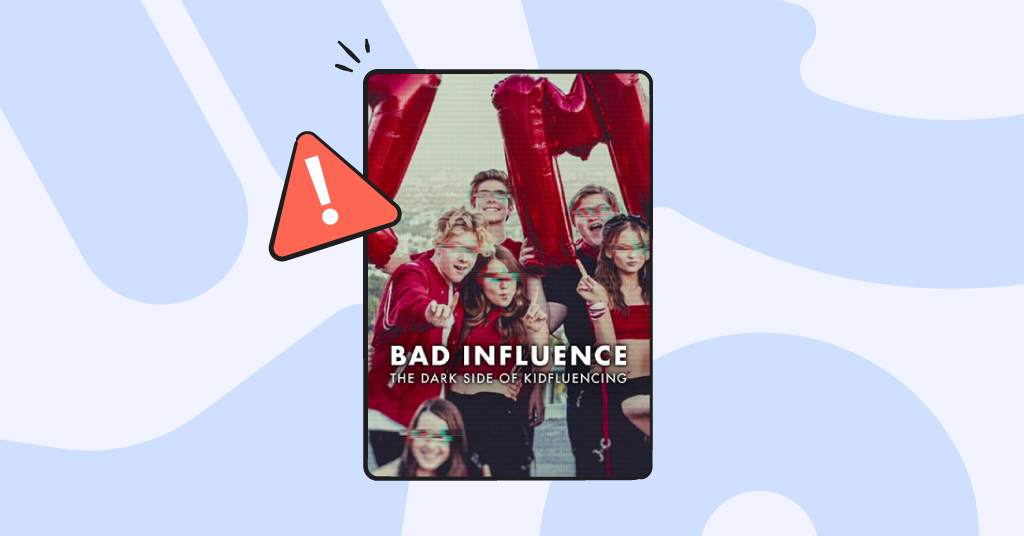
If you’ve been on the internet lately, you may have heard about a website called ChatGPT. The buzz around it has been intense since it launched on November 30, 2022, and in just a few short weeks it amassed 100 million users. Demand has grown so much that a paid subscription offering priority access was announced on February 1.
Fans of the chatbot are hailing it as the answer to, well, nearly anything, as ChatGPT can write essays, solve math problems, code websites, compose poetry, and more. Detractors, on the other hand, claim that it will destroy creativity, kill jobs, and ruin education.
There are tons of questions around how ChatGPT will affect society as a whole, but in this post, we’re going to specifically talk about how it can affect kids, as well as what parents need to know about this technology.
What Is ChatGPT?
Simply put, ChatGPT is a website where users can ask questions and get answers from an incredibly sophisticated chatbot. The company behind ChatGPT is called OpenAI, and it works with all sorts of artificial intelligence. You may also have heard of OpenAI’s DALL-E, which takes user prompts and generates graphic designs in a matter of seconds.
Anyone can create a free account, and we recommend parents check it out firsthand to see what it’s all about.
How Does ChatGPT Work?
The tech behind ChatGPT is super complex, but it’s worth explaining a little about how it works. In fact, you’re probably already familiar with it and may not even realize it! If you’ve ever used spell check and predictive text on your phone or asked a question in a chat window on a company’s website, you’ve taken advantage of machine learning.
ChatGPT uses pattern recognition and access to tons of information to make decisions. Human brains do this, too, but not at the speed or volume that machines are capable oof.
Let’s break down a simple example. Suppose I asked you and ChatGPT to finish this sentence: “The ice cream was ____.”
Your first guess would probably be along the lines of “delicious”, “creamy”, or “cold.” ChatGPT knows this too, based on all of the human data it's been fed — information from books, websites, articles, and more. It won’t answer “spiky”, “hot”, or “ugly”, just like you wouldn’t.
This was only a simple example, too. ChatGPT can use the same principles to answer incredibly complex questions that take much longer to explain. But this is where it gets complicated, and where the chatbot’s limitations come into focus. We’ll get more into these issues later.
How Kids Might Use ChatGPT for School
As a parent, this is probably your first concern — especially considering that some schools have already started banning it. Here are just a few examples of questions kids might ask ChatGPT:
- “Write me a 300-word essay on the theme of revenge in Hamlet.”
- Solve for x: 2x + 35 = 6x
- “Compare and contrast the French and English revolutions.”
- “What are the themes of To Kill a Mockingbird.”
- “Create a sweet poem about a family’s golden retriever.”
- “How do I make an image tag in HTML?”
- “If train A is moving at 30 m.p.h. and train B is moving at 60 m.p.h. and they start 100 miles away from each other, when will they meet?
It can not only give correct answers to these questions, but it can also explain its reasoning in the cases of math problems — it shows its work, in other words.
Is This the End of Education?
This is the question on every parent and teacher’s mind right now, and it’s understandable. ChatGPT seems like a magic genie that has the instant answer to nearly any question. It even recently passed — though just barely! — law, medical, and business school exams.
But it’s important to remember that just as computers and graphing calculators didn’t signal the end of education as we know it, this probably won’t either. At the end of the day, technology is a tool, and an imperfect one, at that. The traditional model of assigning students a take-home essay may evolve, resulting in more in-class writing exercises. It will always be important for kids to understand the why behind what they learn.
Why ChatGPT Isn’t Perfect
Can ChatGPT generate remarkably human-sounding words? Absolutely. Is it perfect? Definitely not. Here are a few of the issues it has:
It can be plain wrong
Human experiences and information don’t always conform to logic, and ChatGPT can run into problems because of this. But because it so confidently and quickly spits out answers, kids may believe they’re always 100% true.
It can still reflect human biases
ChatGPT is based on information that humans created, and it can mirror prejudices that exist in the data it’s fed with. This can include harmful positions about marginalized groups.
It will never be as creative as a real person
While ChatGPT is truly remarkable and probably the closest we’ve come to human-sounding answers in text form, it’s always…missing something. The more you play around with it, the more you can start to see its patterns. (Hopefully, teachers will, too!)
Some Conversation Starters
We recommend pulling up ChatGPT (you can create a free account) and sitting down with your kid to explore it together. Here are few ways to get a conversation started:
- Type in a query that has something to do with preference or personal taste, like “What is the best flavor of ice cream.” ChatGPT will return an answer that says it’s an AI model, and as such, can’t have a favorite. It will then spit out some of the most popular flavors.
- Ask your kid “Why do you think this answer is so generic?” and “Why can humans give better answers when it comes to things they love?”
- Give ChatGPT a relatively complicated question, like “Why did Britain lose the Revolutionary War?” The answer it gives will be a tight, well-structured, five-point analysis. It’s entirely correct — but it doesn’t sound like a 14-year-old wrote it.
- Ask your child “Why would a teacher think that a kid didn’t write this? Can you point to any specific parts?” Remind them that their teacher knows their performance as a student — as well as their specific style, quotes, and even usual errors.
- When you’re done asking ChatGPT questions together, ask your kid if they know how it works. This can be enlightening, because many children may understand that it gives passable responses, but not how it reaches its conclusion.
- Ask “How do you think ChatGPT comes up with all these answers? How can you tell if it’s giving you a correct answer?”
How Bark Can Help
If you’re worried about your child using ChatGPT, Bark can help you set healthy boundaries around it. You can limit when your kid can access it — like not during the school day, for example. You can also block it entirely, if needed. It’s up to you!
Read more
Bark helps families manage and protect their children’s digital lives.





